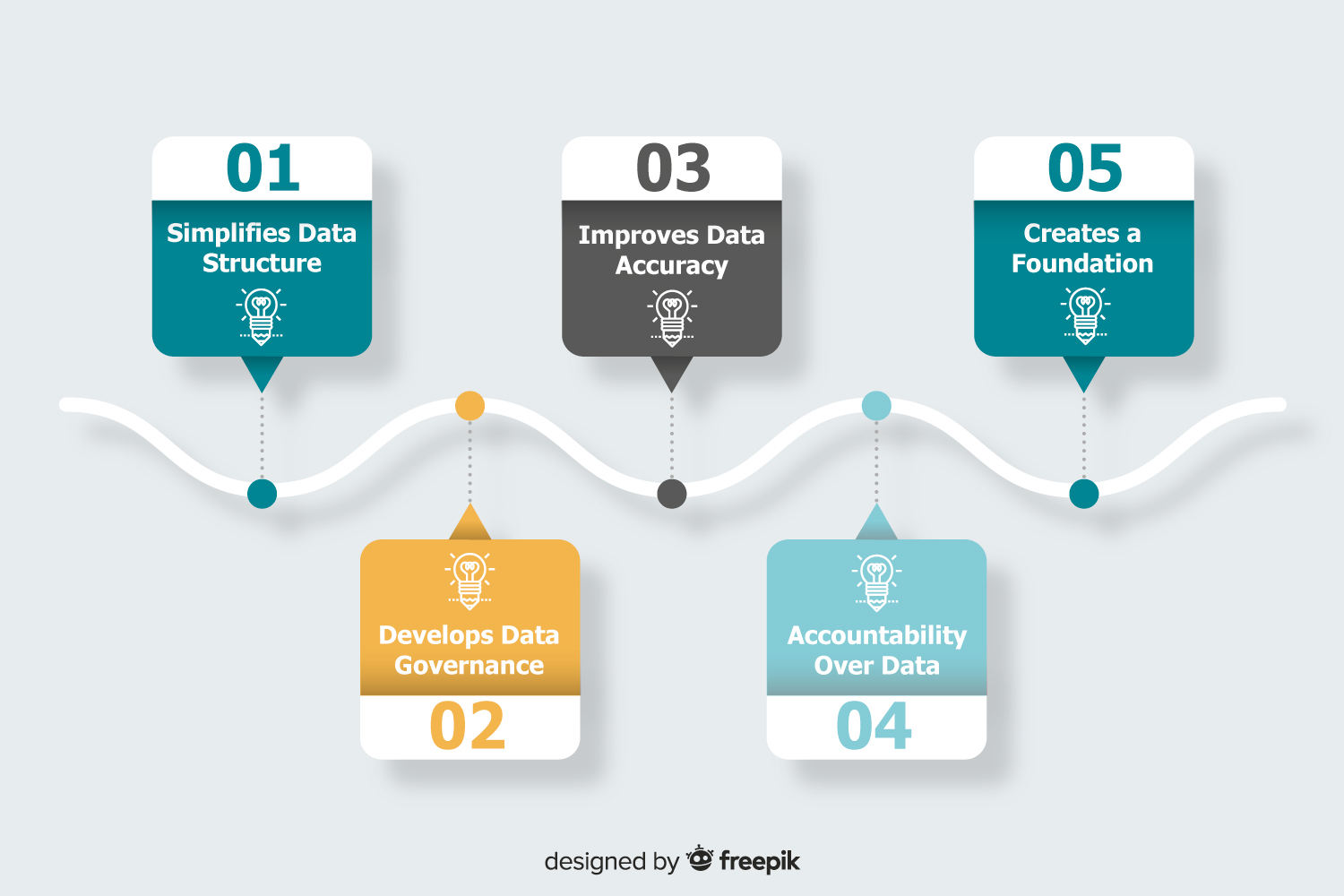In today’s data-driven world, business intelligence (BI) and analytics play a huge role in better understanding your customers, improving your operations, and making actionable business decisions. While there’s no doubt about the value of implementing a BI solution, many Dynamics ERP customers face the same data challenges with the quality and credibility of their data before a project even begins.
Take a look at the data you need to use in order to get any value from business intelligence and analytics. From sales stats and financial reports to production costs and inventory stock levels – all of this data could reside in multiple systems or be stored in your ERP system. Either way, it’s probably a mess. The reason why is because most companies, unfortunately, don’t take the time to regularly cleanse, validate, and audit their data. All of your data assets need to be organised and controlled before implementing a BI solution. Otherwise, you’ll be building your analytics off bad data. Instead of an environment riddled with inaccuracies to base your analytics on, you need to be confident that your data is correct.
This is where Master Data Management (MDM) comes into play. MDM is a highly recommended approach to preparing your data for BI and analytics. It focuses on providing a single and consistent view of your key business entities with established rules and standards, so you gain full control and accountability over your data. This will give your data the accurate and dependable foundation for analytics, allowing you to make meaningful decisions from the right data.
How MDM Can Prepare Your Data for BI
While your Dynamics ERP system does a great job at collecting data, you should always have a strategy in place to manage it all. The way MDM works is by using critical entities, or master data, to establish a uniform structure across your organisation. When every application and business process map to your master data, you are able to create a cohesive version of the truth. Which is helpful for making data-driven decisions!
Here are 5 ways that MDM can help you better organise your Dynamics ERP data for BI and analytics:
- Simplifies Data Structure
With all of your data mapping to your master data, you get a more clear and controlled view of your operations and how you are performing. - Develops Data Governance
By designating a set of rules, hierarchies, and structures, you can create consistency and compliance throughout an organisation. - Improves Data Accuracy
Establishing one version of the truth that will help improve the quality and accuracy of your data. - Enforces Accountability Over Data
Empowers every employee to take accountability of the data that gets entered and used for decision making. - Creates a Foundation for a Data Warehouse
Prepares your data for migration and integration required for centralised data storage.

MDM and a robust data governance strategy should be used together to improve the quality of your existing data. Not only will this approach help to eliminate the risk of entering and using bad data, but it will also help with overall business intelligence and analytics adoption throughout your organization. Instead of facing the challenge of finding usefulness in the BI solution you implement, your business users will be able to see immediate value and productivity gains.
What You Need to Know Before Approaching a BI Project
When done right, business intelligence with the right data quality and master data management processes in place will give you an effective BI environment and data governance roadmap to be used as the groundwork for all your analytics and decision making.
We’ve only covered the tip of the iceberg about MDM and data governance, and there’s a lot to learn. To help give you a better understanding of what you need to do to prepare your data for an upcoming BI and analytics project, we have developed a comprehensive white paper on how to do just that.
